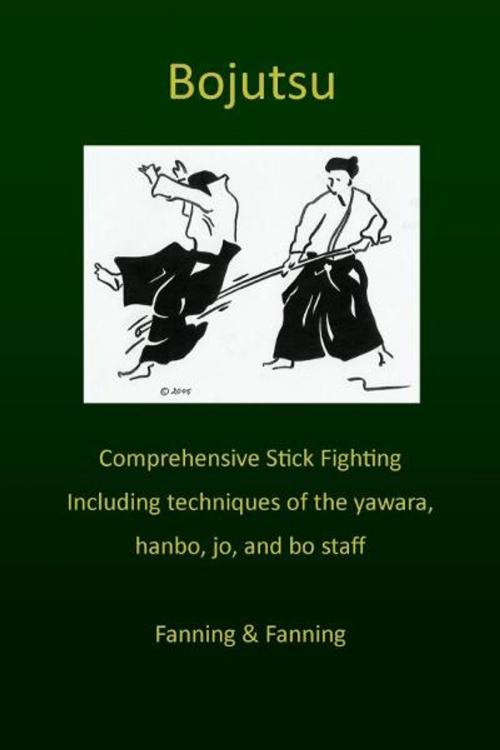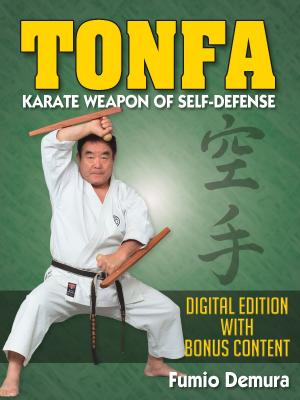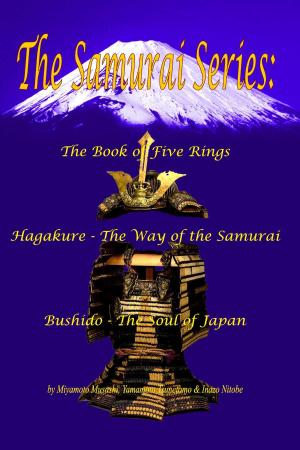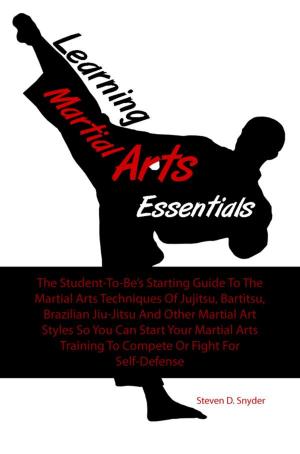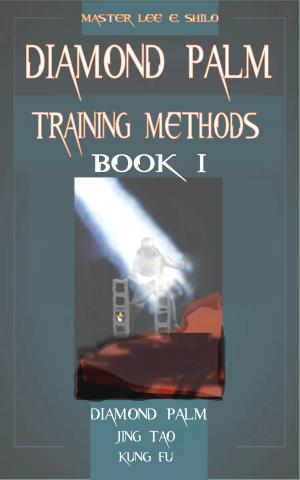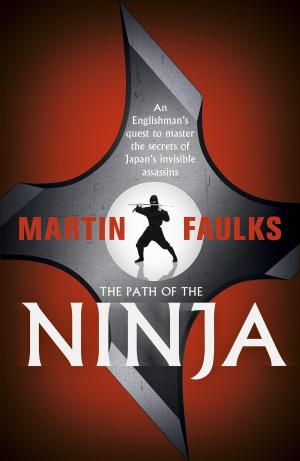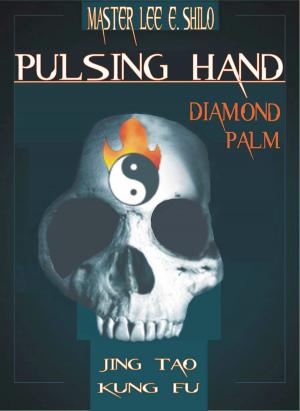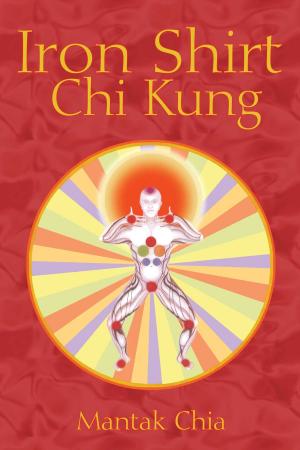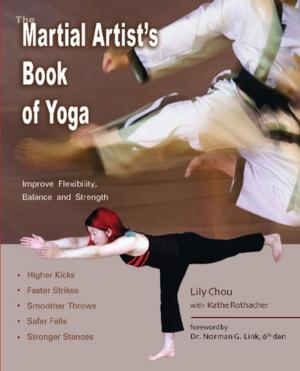| Author: | Stu Fanning | ISBN: | 9781466064126 |
| Publisher: | Musha Ryu | Publication: | December 24, 2011 |
| Imprint: | Smashwords Edition | Language: | English |
| Author: | Stu Fanning |
| ISBN: | 9781466064126 |
| Publisher: | Musha Ryu |
| Publication: | December 24, 2011 |
| Imprint: | Smashwords Edition |
| Language: | English |
Bojutsu is a modern combative martial art employing the stick as a weapon. The roots of Bojutsu are found in virtually all martial arts that use these weapons, and the specific techniques and training methods used in this system are the result of the developers’ extensive training in several martial arts systems that utilize the stick. The art of Bojutsu includes the four major lengths of weapons, each with its own specialized techniques and tactics. From least to greatest in size is the yawara, jo, hanbo, and the bo.
The yawara, also known as the kubaton or hesistan, is a short stick less than one foot in length and generally found in 5-6 inch lengths. It is an extremely powerful and useful weapon that can be carried almost anywhere with little difficulty. The primary function of this weapon in Bojutsu is as an unobtrusive easily carried defensive tool. The jo is a short stick, typically 18” to 32” long. It is found in Japanese arts, and is very well known in the Philippine arts where it is a principle component of such arts as Arnis, Kali, and Escrima. The jo is used singly or in pairs, sometimes combined with the use of the knife. Speed and versatility make the jo a devastating weapon. The hanbo is longer and generally heavier than the jo. It is a short stave of 36” in length. Movement with the hanbo is somewhat slower and more direct than that of the jo because of its weight and length. This is not to say the jo is superior, as the techniques of the hanbo are the techniques of the one weapon that can be taken anywhere, the cane. The bo, or long staff is essentially any wooden staff longer than the hanbo. The power and speed of the bo have given it a place in the history not just of the eastern martial arts but in the martial arts of the entire world.
Bojutsu is a modern combative martial art employing the stick as a weapon. The roots of Bojutsu are found in virtually all martial arts that use these weapons, and the specific techniques and training methods used in this system are the result of the developers’ extensive training in several martial arts systems that utilize the stick. The art of Bojutsu includes the four major lengths of weapons, each with its own specialized techniques and tactics. From least to greatest in size is the yawara, jo, hanbo, and the bo.
The yawara, also known as the kubaton or hesistan, is a short stick less than one foot in length and generally found in 5-6 inch lengths. It is an extremely powerful and useful weapon that can be carried almost anywhere with little difficulty. The primary function of this weapon in Bojutsu is as an unobtrusive easily carried defensive tool. The jo is a short stick, typically 18” to 32” long. It is found in Japanese arts, and is very well known in the Philippine arts where it is a principle component of such arts as Arnis, Kali, and Escrima. The jo is used singly or in pairs, sometimes combined with the use of the knife. Speed and versatility make the jo a devastating weapon. The hanbo is longer and generally heavier than the jo. It is a short stave of 36” in length. Movement with the hanbo is somewhat slower and more direct than that of the jo because of its weight and length. This is not to say the jo is superior, as the techniques of the hanbo are the techniques of the one weapon that can be taken anywhere, the cane. The bo, or long staff is essentially any wooden staff longer than the hanbo. The power and speed of the bo have given it a place in the history not just of the eastern martial arts but in the martial arts of the entire world.
